2019/01/10(木)
Pitch 2-1 :The Best House for Cells
|
Medical Doctor, Kyoto Industrial Health Association |
[Summary]
Biological materials such as collagen have been used in the production of scaffolds for tissue engineering. Further research on scaffolding material plays an integral role in developing regenerating medicine.
To further carry forward this regenerative property of scaffold material, the Institute for Frontier Life and Medical Sciences (FLMS) at Kyoto University succeeded in building a regenerating template through dehydrothermal treatment of atelo-collagen. The reason for choosing dehydrothermal treatment is that it is cost-effective and simple.
FLMS has successfully regenerated the skull bone and gingiva in vivo. The new scaffold material has also found application in cell culture and cell transplantation. In other words, this material can be widely used in basic to applied clinical research. The advanced collagen scaffolding material has dexterous market potentials, with the ability to replace most of the other scaffolding material currently available in the market.
This material can be used, not only for general style treatment, such as bone regeneration and skin regeneration, and regeneration of the eardrum and trachea, but also as implants in dentistry, as well as for cosmetic purposes.
The Institute for Frontier Life and Medical Sciences has a positive approach towards marketing of the product as the most advanced scaffold material that can be applied to all sorts of tissue engineering.
[Mentors' comments]
" What clinical indication would you want to go after first? Because that will almost certainly dictate your animal studies.?"Dr. Kevin Grimes, Stanford University
"Who is your main customer and how do you create value with the customer?."Mr. Shogo Nakamori, PAREXEL International
[Profile]
Dr. Nakada received Ph.D. in Medicine Department of Bioartificial Organs, University of Kyoto in 2010. He was a Post-doctoral trainee, University of Kyoto. Department of Bioartificial Organs before his present work. He won the 3rd prize for the best poster presented in the annual European Society for Artificial Organs (ESAO) congress in 2007.


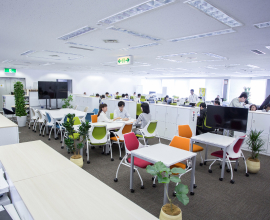
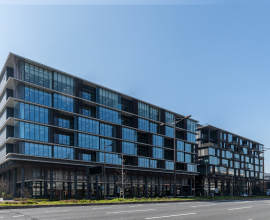

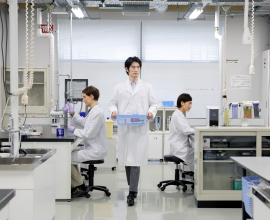
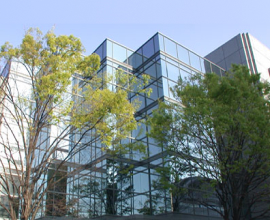
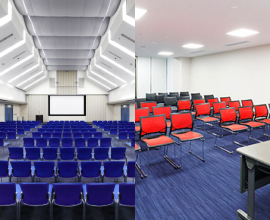
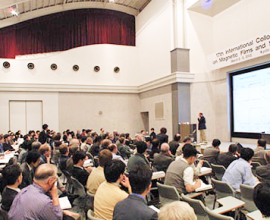
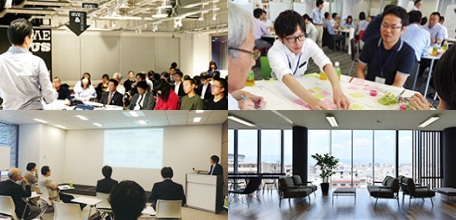
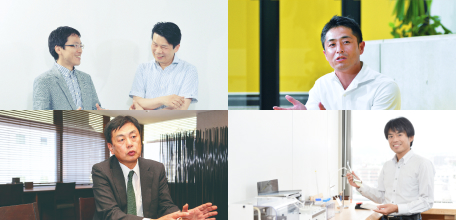

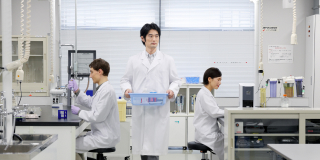
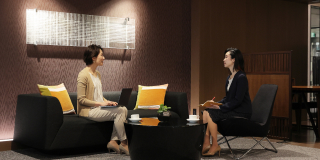
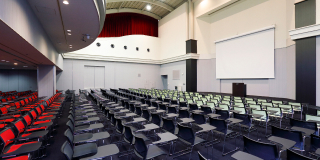
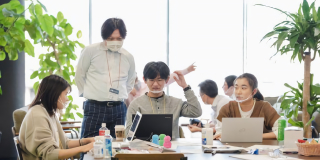
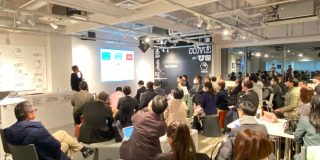
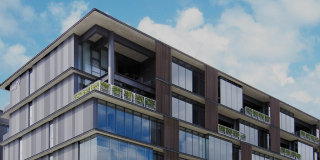
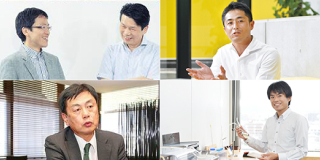
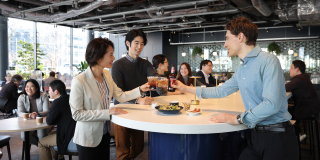

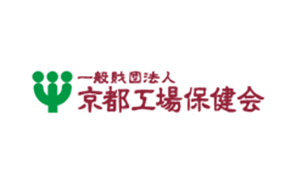
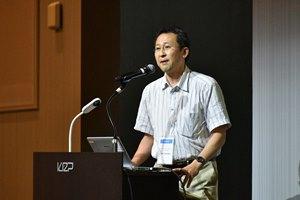 Akira Nakada
Akira Nakada 




